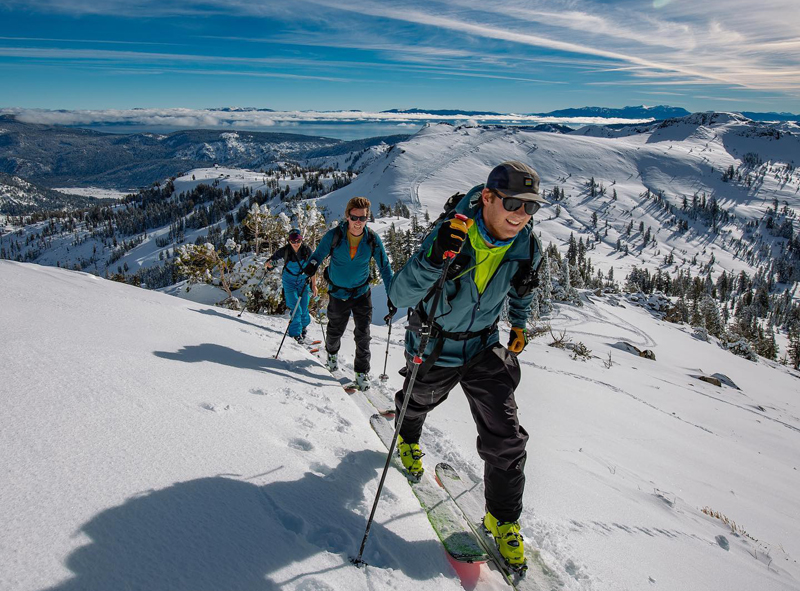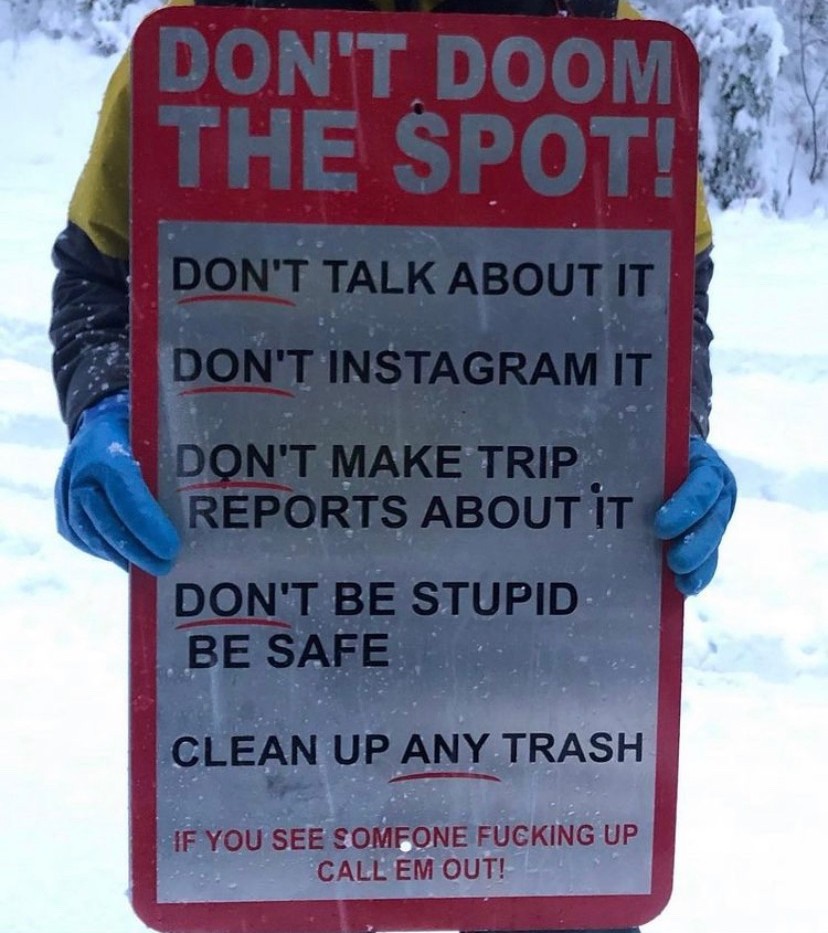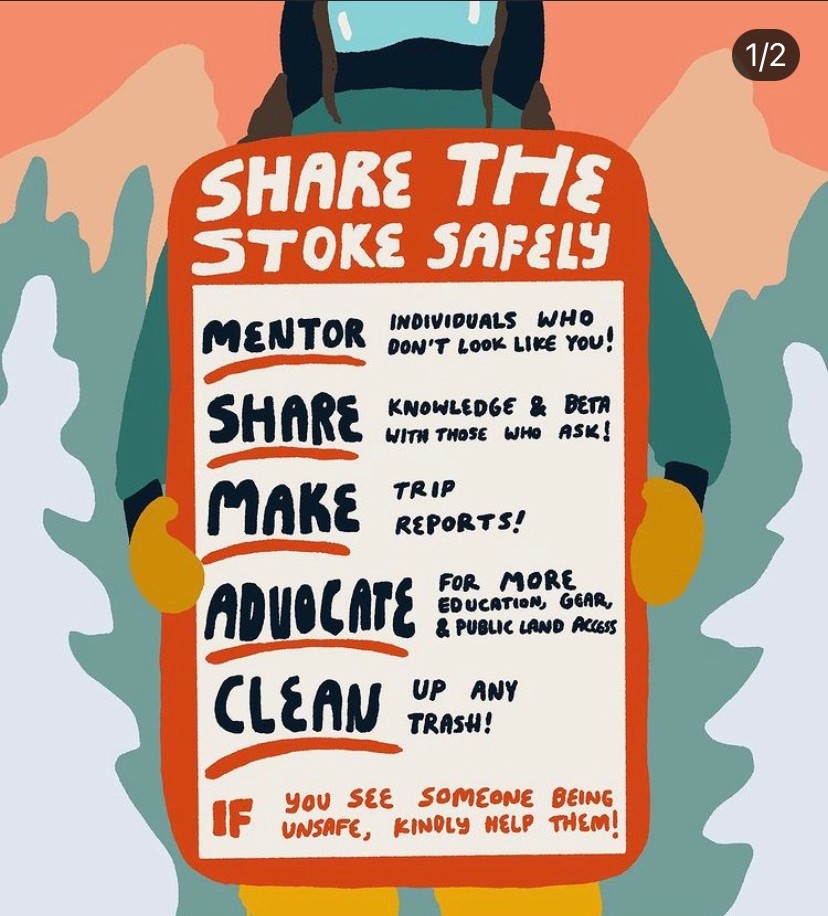
Brought to you by SCARPA Backcountry Week
Backcountry skiing is getting more popular. There’s no hiding it and no way around it. You see it at the trailhead, and you see it on Instagram.
Many people think that the more people who introduce themselves to this dangerous, out-of-bounds art, the worse everyone’s experience will become. Several social media posts this season have shown backcountry users discouraging against sharing news or images of avalanches, backcountry lines, and tours, and so-called “secret” stashes or zones, purposed towards keeping backcountry skiing exclusive to the locals who “know.”
But this mindset is toxic. It goes against everything which avalanche education programs and mentors stand for, like backcountry ski guide and AIARE avalanche instructor Lindsay Mann, who’s skied, taught, and guided all over the world in extreme-skiing destinations from Mount Rainier to Iceland. Mann spoke with SnowBrains over the phone on why having an inclusive mindset is crucial for the backcountry community—especially right now.

“More people than ever are trying to get [avalanche] education these days, and it’s important to connect with people with greater skill sets than you so you can find mentors and further your education,” Mann said. “But when you see some of these posts from people on social media, like those with people discouraging other people to share information about the backcountry, it doesn’t help anybody. Sometimes people forget that they learned from someone as well. This makes us ask questions like ‘How are we being inclusive to people?’ ‘How are we promoting education to new people?'”
Although Mann said that it’s not necessarily the intent of these social media posts, many draw implications that take away from sharing information about avalanche conditions and backcountry zones that are supposed to help and not hinder. But in the backcountry world, information is key to everyone’s survival in avalanche terrain—especially for new users.
So how can we foster an inclusive mindset in the backcountry, according to Mann?
“First and foremost, we can support local avalanche centers,” she said. Avalanche centers are an exceptional resource for information about backcountry conditions, and they are wildly helpful in the fact that the public can submit observations to them. Observations can only help show the current state of the backcountry, and they promote positive communication between everyone in avalanche terrain.

Mann mentioned another such resource called the Brass Avalanche Foundation (the Bryce and Ronnie Athlete Snow Safety Foundation (BRASS)), which was born out of the tragic avalanche deaths of U.S. Ski Team athletes Ronnie Berlack and Bryce Astle to create a legacy of change in the culture of avalanche education and safety in the competitive and recreational ski and snowboard community. Its mission is “to advocate for greater penetration of avalanche education and to lobby for the evolution of snow safety systems,” i.e., to prevent horrible things from happening like the tragic deaths of Berlack and Astle. Because at the end of the day, it all comes down to empathy.
Empathy goes a hell of a long way in avalanche terrain. The more information accessible to the general public, the more you can share with people who are new and curious. By spreading information on platforms like avalanche centers, backcountry forums, or even Instagram and Facebook, the greater the chance that people will make smart, avalanche-related decisions, lowering the chance of life-grabbing accidents. Mann said that it’s important to remember how you got into backcountry skiing in the first place and why you should always spread love instead of hoard powder.
“Remember what it was like for you when you were getting into the backcountry. Let’s not forget that we all learned from someone,” Mann said.
So when posting on social media, perhaps we as backcountry users ought to encourage the spread of backcountry-related information instead of shunning it. This is not to say that we should blow up every hidden spot that holds good snow. Rather, we should openly communicate about what we see when we’re out there, like recent avalanches, snowpit observations, or—god forbid—accident reports. Because in avalanche terrain sharing isn’t just caring—it’s surviving.
About Lindsay Mann

Well put DO.
I’m so happy to see backcountry get even more political. /s
Can we just nuke the internet at this point? yes, I know I typed that on a website.